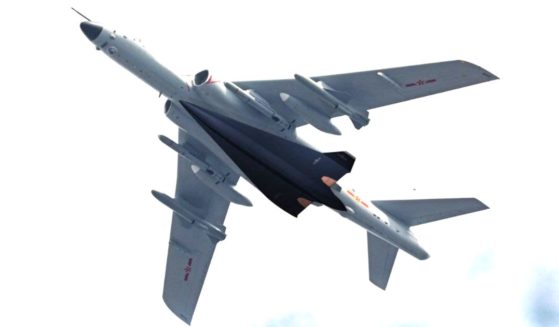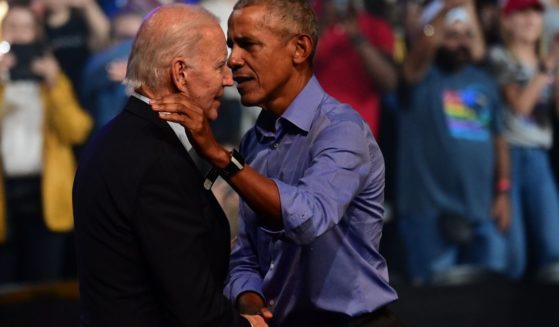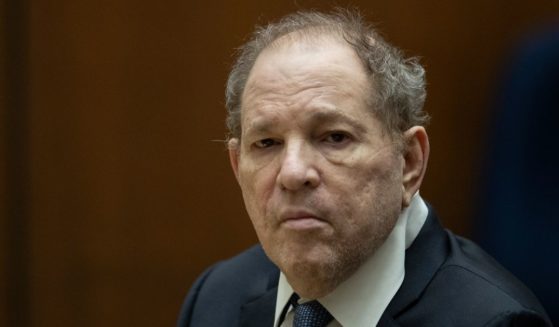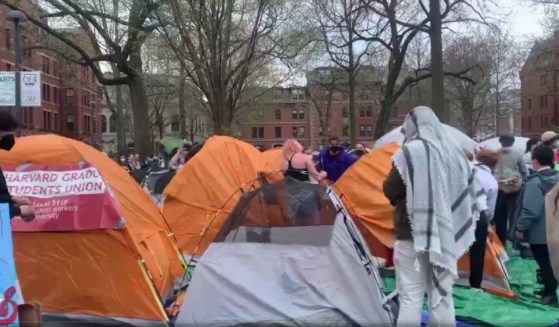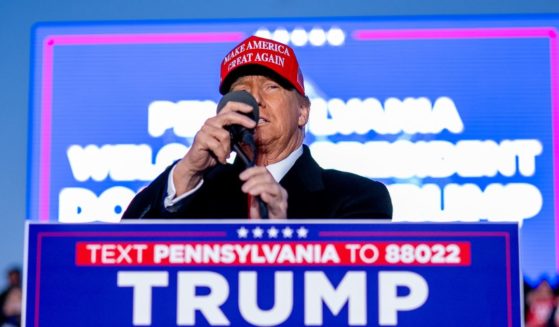Can US, China salvage their talks and end trade war?
WASHINGTON (AP) — Heightened trade tensions between the United States and China are spooking financial markets and putting a chill on prospects for the global economy.
Chinese officials are heading to Washington to try to salvage negotiations aimed at breaking an impasse between the world’s two biggest economies over Beijing’s aggressive push to challenge American technological dominance. The 11th round of talks is set for Thursday and Friday in Washington.
But their arrival is unlikely to stop the United States from going ahead with plans to raise import taxes on $200 billion in Chinese goods at 12:01 a.m. Friday, Eastern time, in a dramatic escalation of a yearlong trade war.
The dispute is upsetting investors. The Dow Jones industrial average was down more than 500 points Tuesday afternoon after slipping modestly on Monday.
Here’s a look at what’s happening:
___
WHAT WENT WRONG?
For weeks, the Trump administration had suggested that talks were making steady progress, and financial markets seemed to have priced in a peaceful resolution to the trade dispute. But on Sunday, President Donald Trump unexpectedly expressed frustration at the pace of talks and vowed to raise tariffs on $200 billion in Chinese products from 10% to 25%. The higher duties would cover thousands of Chinese imports, ranging from baseball gloves to burglar alarms.
“The Trade Deal with China continues, but too slowly, as they attempt to renegotiate. No!” Trump tweeted.
A day later, Treasury Secretary Steven Mnuchin and the top U.S. trade negotiator, Robert Lighthizer, said that China was reneging on commitments it made in earlier rounds of negotiations. U.S. officials say they got an inkling of China’s second thoughts in talks last week in Beijing, but that the backsliding became even more apparent in exchanges over the weekend. They wouldn’t identify the specific issues involved.
____
WHAT ARE THE U.S. AND CHINA FIGHTING ABOUT?
The United States accuses China of resorting to predatory tactics in a drive to give Chinese companies an edge in advanced technologies such as artificial intelligence, robotics and electric vehicles. These, the U.S. contends, include hacking into U.S. companies’ computers to steal trade secrets, forcing foreign companies to hand over sensitive technology in exchange for access to Chinese markets and unfairly subsidizing Chinese tech firms.
Trump has also complained repeatedly about America’s massive trade deficit with China — a record $379 billion last year — which he blames on weak and naive negotiating by previous U.S. administrations.
Last July, Trump began gradually slapping tariffs on Chinese imports. The United States now is imposing 10% taxes on $200 billion in Chinese products and 25% on another $50 billion. Beijing has counterpunched by targeting $110 billion worth of American imports, focusing on farm products such as soybeans in a deliberate effort to inflict pain on Trump supporters in the U.S. heartland.
___
WEREN’T THE TWO SIDES MAKING PROGRESS?
Yes. Last week, Myron Brilliant, head of international affairs at the U.S. Chamber of Commerce, who has been briefed on the negotiations, told reporters that “94.5%” of the issues had been resolved and that talks had reached the “end game.” China was expected to beef up protection for trade secrets and offer foreign firms wider access to the Chinese market.
But stumbling blocks remained — even before Trump accused China of backsliding on what it had already agreed to.
U.S. officials are insisting that any deal be strictly enforced so that China lives up to its promises — something they say Beijing has repeatedly failed to do in the past. Also unclear is what would happen to the U.S. tariffs on Chinese imports. China wants them lifted; the U.S. wants to keep tariffs as leverage to pressure the Chinese to comply with any agreement.
___
WHAT ARE THE PROSPECTS FOR A RESOLUTION?
Both countries have an incentive to reach a deal. China’s economy is decelerating; the International Monetary Fund expects Chinese economic growth to slip from 6.6% last year to 6.3% in 2019 and 6.1% in 2020. The trade war with the United States has hurt Chinese exporters and eroded business and consumer confidence.
The trade tensions have also rattled financial markets, jeopardizing a U.S. stock market rally that Trump sees as a vote of confidence in his economic policies. And China’s retaliatory tariffs are inflicting pain on farmers, a key part of Trump’s political base.
Still, business groups and congressional Democrats are insisting that Trump, having taken U.S.-China relations to the brink, hold out for a deal that requires the Chinese to genuinely change their behavior, reform their economy and open up to foreign companies.
Chinese President Xi Jinping runs a one-party state and doesn’t have to answer directly to voters. But he, too, faces pressure not to cave in to American demands. “They have their internal politics, too,” said Michael Pillsbury, director of the Hudson Institute’s Center on Chinese Strategy and an adviser to the Trump White House.
___
WHAT IS THE ECONOMIC FALLOUT?
Forecasters at the IMF and World Bank have already downgraded the outlook for the global economy. The U.S.-China standoff is reducing global trade and creating uncertainty for companies deciding where to buy supplies, build plants and make investments.
Friday’s scheduled increase in tariffs could intensify the economic pain. Steven Cochrane, chief Asia-Pacific economist at Moody’s Analytics, said that fallout from Friday’s planned tariff increase could reduce U.S. economic growth — 2.9% last year — by 1.8 percentage points. And it could shave Chinese growth to around 5%. “If Trump’s threat becomes reality,” Cochrane said, “it will be a game changer for the global economy.”
___
Follow Paul Wiseman on Twitter at https://twitter.com/PaulWisemanAP
The Western Journal has not reviewed this Associated Press story prior to publication. Therefore, it may contain editorial bias or may in some other way not meet our normal editorial standards. It is provided to our readers as a service from The Western Journal.
Truth and Accuracy
We are committed to truth and accuracy in all of our journalism. Read our editorial standards.



